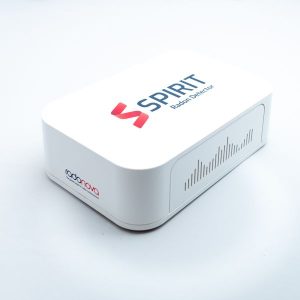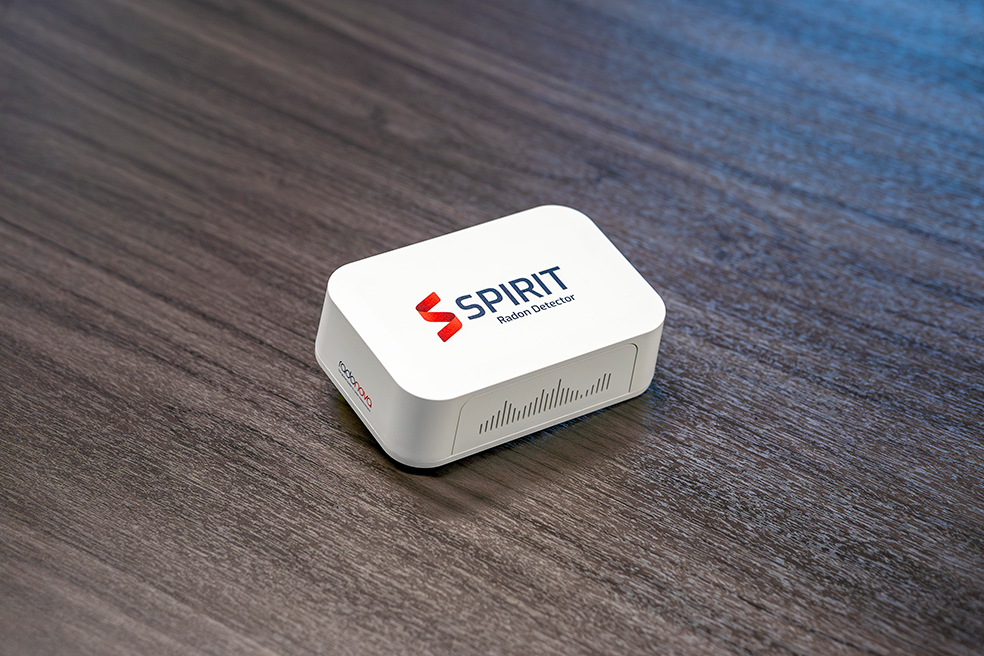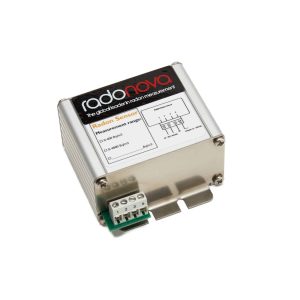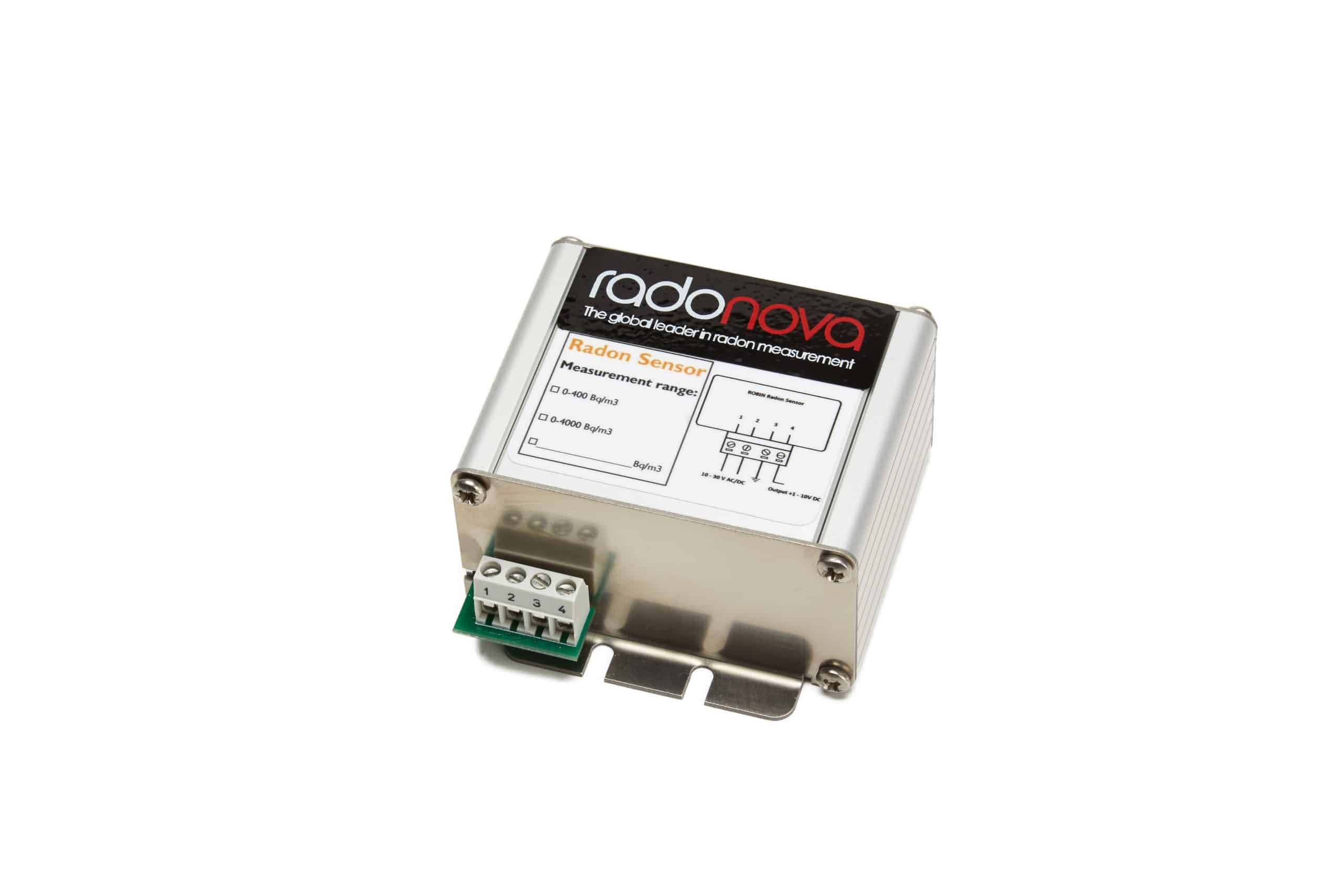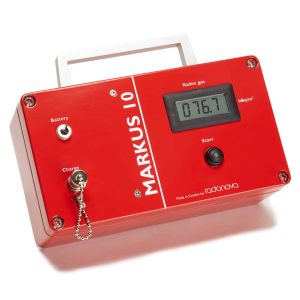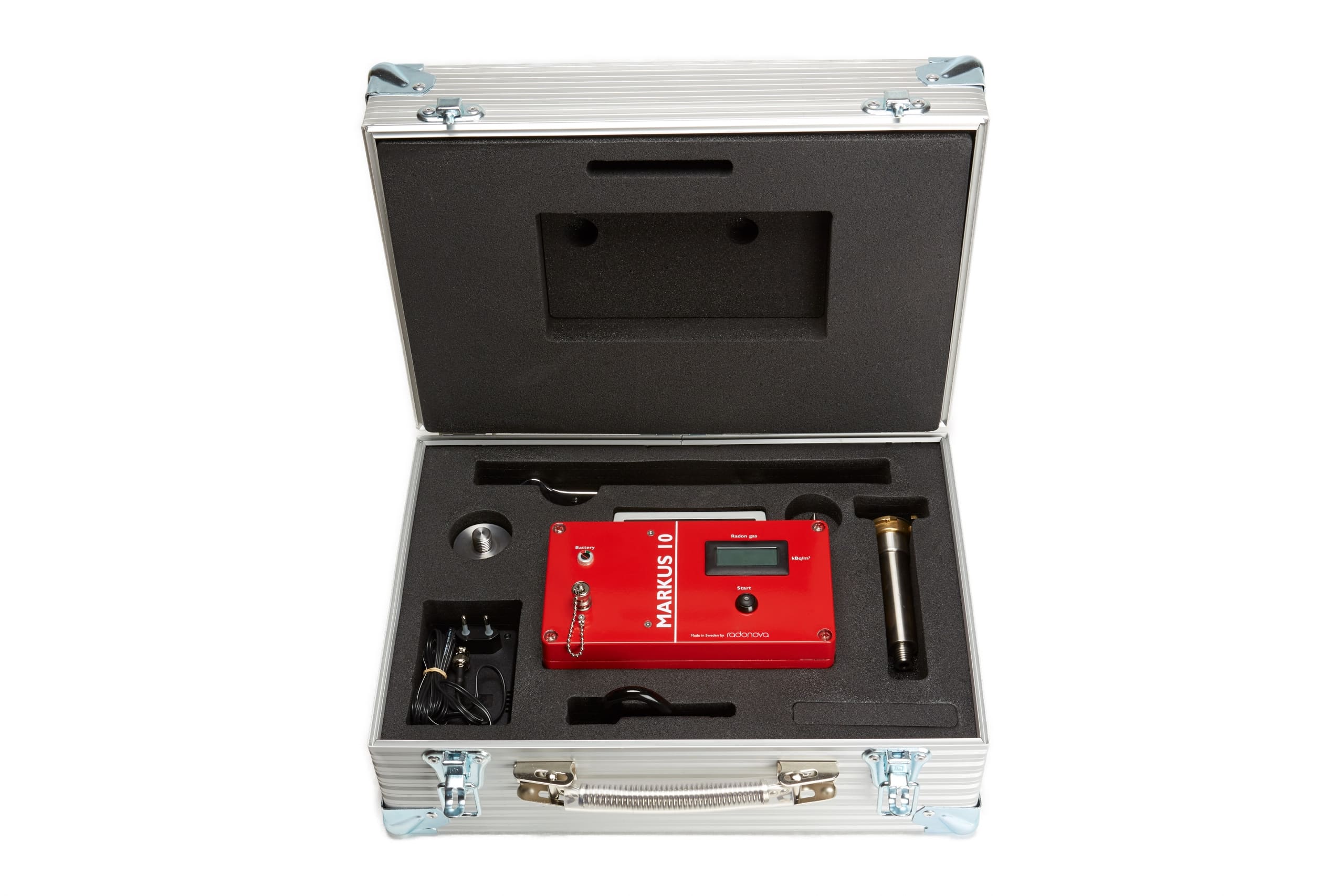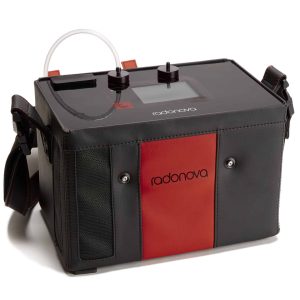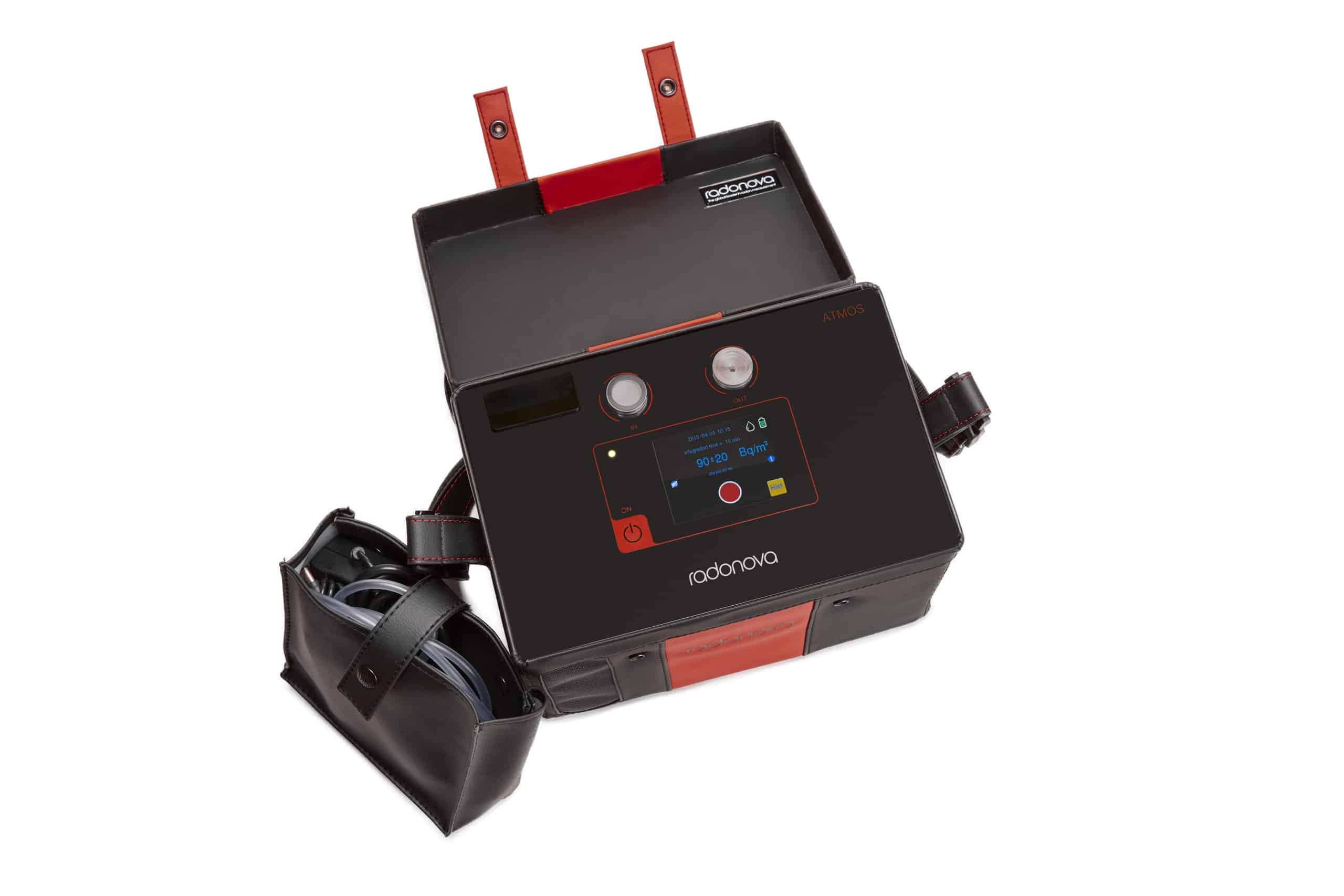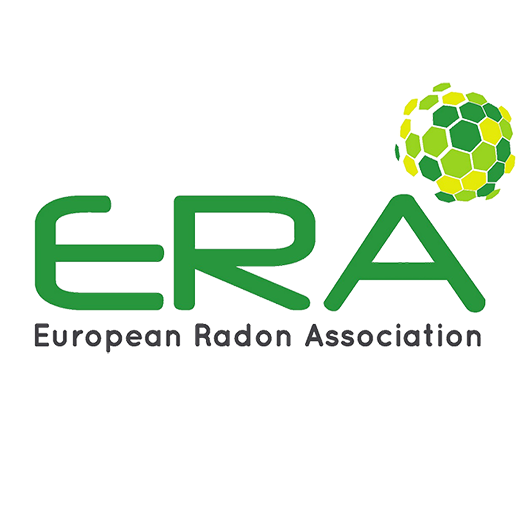Logger
A logger is predominantly used in connection with radon control measures. The aim is to log the temporal variation in radon levels over a longer period and to monitor how effective a measure is. The requirements for temporal resolution govern how sensitive the instrument has to be in order to be able to statistically ensure the result and minimize errors at each measuring point in the time range. The recommended temporal resolution is normally 1-2 hours.
-
SPIRIT Radonlogger – Workplace and Home measurements
Select options This product has multiple variants. The options may be chosen on the product page
Radon sensors
A radon sensor is used to establish a connection with an existing ventilation control system. In many cases, this enables the implementation of a cost-effective radon-reducing measure. Sensors tend to be used in properties that house workplaces, but can also be used in “smart homes”. A radon sensor produces a digital or analogue output signal that is directly proportional to the radon level detected. It is important that the sensor is sufficiently accurate to quickly signal when the radon level exceeds the reference level. Radonova has developed a radon sensor called ROBIN for permanent installation in, for example, smart homes and for use in connection with radon monitoring and radon evacuation. ROBIN can also be integrated into air treatment systems or exhaust fans, for example. This radon sensor produces a value in the form of an analogue output signal (0 V-10 V) that is proportional to the level of radon present in the air. The sensor can, for instance, be connected to a regulator, CPU, data logger, fan controls or an industrial PLC. Unlike cheaper consumer-grade instruments, ROBIN is sensitive enough to be able to produce an instantaneous value. This sensor also possesses sufficient EMC immunity, enabling it to be used with thyristor controllers.
Soil radon detector
A soil radon detector is used to measure the presence of radon in soil air at a depth of 70-100 centimetres. Measurement is performed using a probe (a skewer-like pipe) that is inserted into the soil. The instrument needs to ensure discrimination of long-lived radon progeny in order to eliminate the background from polonium-214, which has a half-life of approximately 30 minutes. MARKUS eliminates the contribution from polonium-214, meaning there is no need to wait 2-3 hours before performing the next measurement. With MARKUS, the waiting time between measurements is just 18 minutes (six half-lives).
As the measurements are performed outdoors, it is also important to choose a robust instrument with a long battery life that can cope with conditions out in the field. It is also important to consider the very high radon levels that may be present in the ground and to ensure that the instrument is able to cope with these. MARKUS from Radonova possesses all these features.
Sniffer
A radon sniffer is used to identify the main entry point into a building for soil air containing radon. In order to ensure the right results during, for example, an inspection, it is essential to use a sniffer with a rapid yet accurate measurement capability. For this, you need an instrument with excellent detection sensitivity and a rapid response time that also generates plenty of raw data. A sniffer must have an active pump as well as an alpha-spectrometer to avoid contamination of the long-lived radon progeny in the measurement chamber.
The use of a so-called pulsed ionisation chamber enables ATMOS to perform this type of measurement quickly and in a unique manner.

